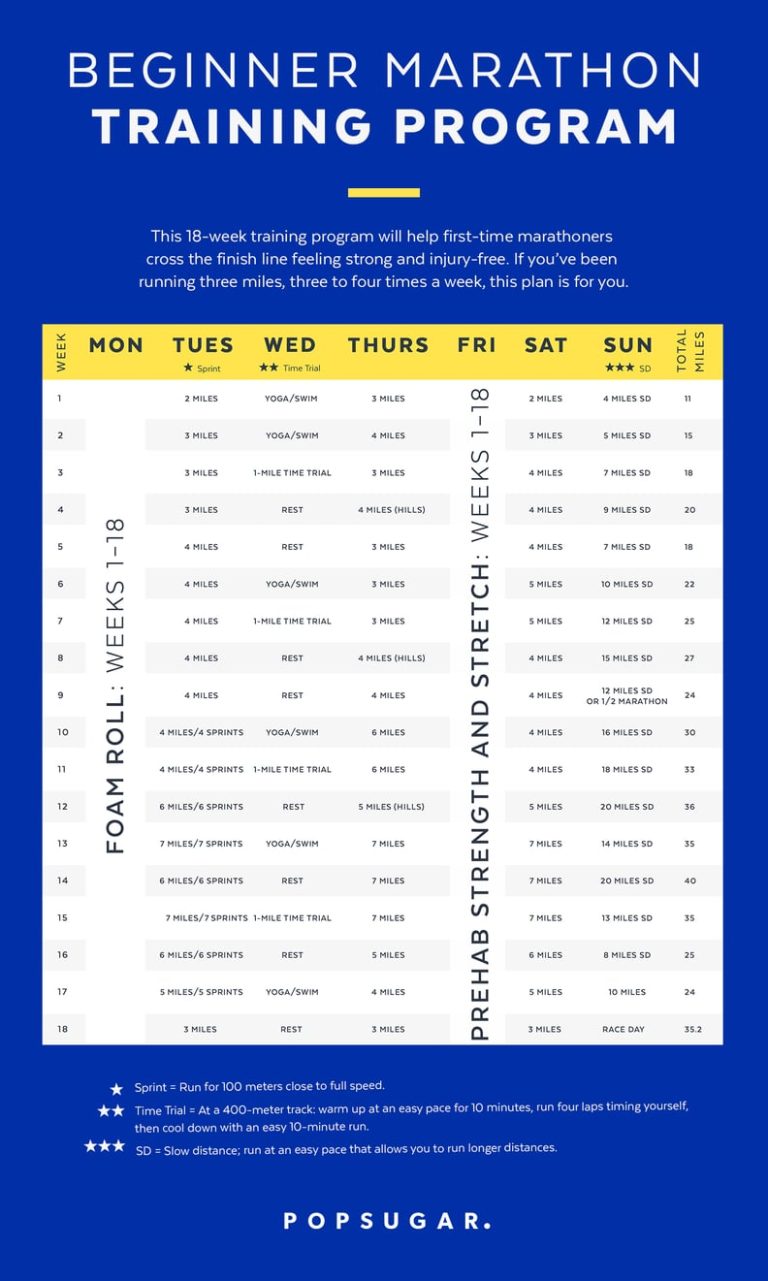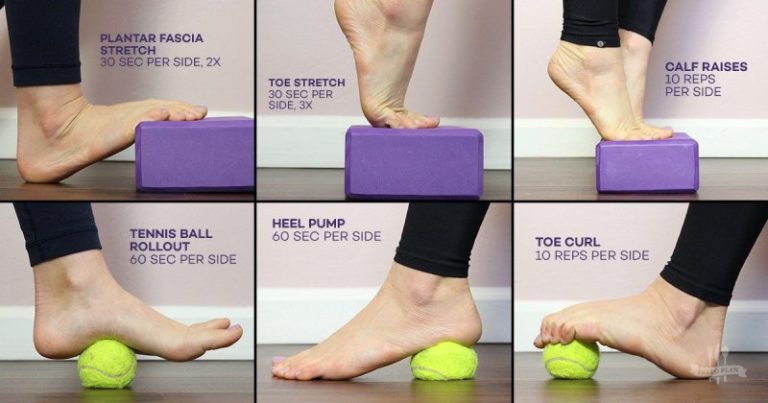Base Building Running Plan: A Strong Foundation For Your Goals
Build a strong foundation for your running goals with a tailored base-building plan. Developing a solid base is crucial for improving performance and reducing injury risk.
Are you looking to enhance your running abilities and achieve new milestones? A base-building running plan might just be the key to reaching your full potential. By starting with a solid foundation and gradually increasing your mileage and intensity, you can set yourself up for success in your running journey.
We’ll explore the importance of base building, how to create a personalized plan, and the benefits it can bring to your overall performance. Stay tuned to learn how you can take your running goals to the next level with a well-structured base-building program.

Credit: www.facebook.com
Benefits Of Base Building
Base building, as the foundation of a running plan, offers numerous benefits that contribute to overall performance and long-term success. By implementing a structured base building program into your training regimen, you can experience improved endurance and reduced risk of injury.
Improved Endurance
The base building phase focuses on developing your aerobic capacity and endurance, allowing you to run farther and longer without feeling fatigued. By gradually increasing your mileage and incorporating longer steady-state runs, your cardiovascular system becomes more efficient, leading to enhanced stamina and the ability to maintain a steady pace over extended distances.
Reduced Risk Of Injury
Utilizing a base building approach helps strengthen the muscles, tendons, and ligaments that support your body during running, reducing the likelihood of overuse injuries frequently associated with more intense training phases. As you gradually build your mileage and establish a solid foundation, your body adapts and becomes more resilient, lowering the risk of common running-related injuries.
Principles Of Base Building
Base building is centered around establishing a solid foundation for your running goals. By following key principles, you can set yourself up for success and progress efficiently.
Starting With A Solid Aerobic Base
Building a strong aerobic base is crucial in a base building running plan. This foundation enhances endurance and prepares your body for more intense workouts.
Gradual Increase In Mileage
Incrementally increasing mileage is essential to prevent injury and allow your body to adapt gradually. Striking a balance between challenge and recovery is key.
Essential Components Of A Base Building Running Plan
Essential Components of a Base Building Running Plan
Long Runs
A key component involves gradually increasing distances to build endurance.
Easy Runs
These lighter runs help maintain fitness without excessive strain.
Strength Training
Incorporating strength exercises to prevent injuries and improve overall performance.

Credit: www.pinterest.com
Designing A Base Building Running Plan
When designing a base building running plan, it’s essential to create a structured approach that focuses on laying a strong foundation for improved fitness and performance. Establishing a solid base is crucial for long-term success in running, whether you’re a beginner looking to build endurance or a seasoned runner aiming to improve speed and distance.
Setting Goals And Assessing Fitness Level
Before embarking on a base building running plan, it’s important to define clear, achievable goals. Determine whether the focus is on building endurance, increasing speed, or preparing for a specific race. Once the goals are established, it’s essential to assess your current fitness level. This evaluation helps in understanding your starting point and enables the development of a tailored plan that aligns with your capabilities.
Creating A Training Schedule
A well-structured training schedule is the backbone of a successful base building running plan. It’s crucial to strike a balance between workouts, recovery, and progression. Incorporating a mix of endurance runs, interval training, and cross-training can help prevent monotony and reduce the risk of injury. A progressive increase in mileage and intensity should be integrated into the schedule to stimulate adaptation and improvement.
Tips For Successful Base Building
When it comes to achieving your fitness goals, having a strong base is crucial. The base building phase of a training program helps you establish a solid foundation for future progress. It focuses on building endurance, increasing mileage, and strengthening your body, setting the stage for higher intensity workouts later on. To make the most of your base building plan, here are some essential tips:
Listen To Your Body
It’s essential to pay close attention to the signals your body is sending you during the base building phase. Your body is unique, and it knows best what it needs. If you experience any aches, pains, or unusual fatigue, it’s crucial to listen and respond accordingly. Pushing through discomfort might lead to injuries or setbacks that could derail your progress. Remember, your body is your guide.
Track Your Progress
Monitoring your progress is key to staying motivated and making sure you’re on the right track. Keep a record of your runs, noting down the distance, time, and any insights you want to remember. This data will not only help you evaluate your current level but also allow you to set realistic goals for the future. Seeing the improvements you’ve made over time can provide the needed inspiration to keep going.
Embrace Variety
Base building doesn’t have to be monotonous. In fact, incorporating variety into your training can make it more enjoyable and prevent burnout. Include different types of runs in your plan, such as long runs for building endurance, tempo runs to improve your speed, and recovery runs to promote active recovery. By diversifying your workouts, you’ll be engaging different muscle groups and challenging your body in different ways.
Don’t Forget Cross-training
While running is the focus of a base building running plan, cross-training should not be neglected. Engaging in other activities like cycling, swimming, or strength training can complement your running routine and contribute to overall fitness. Cross-training helps prevent overuse injuries, improves muscle balance, and adds variety to your workout schedule.
Maintain A Balanced Diet
Achieving your goals also relies on proper fueling. Maintain a balanced diet that includes a mix of carbohydrates, protein, and healthy fats. Carbohydrates provide the necessary energy for your runs, while protein supports muscle repair and growth. Don’t forget to hydrate properly, as staying well-hydrated is essential for optimal performance. Prioritize whole, nutrient-dense foods and consider consulting a nutritionist for personalized guidance.
Rest And Recover
In order to progress, your body needs time to recover and repair. Adequate rest is just as important as the training itself. Make sure to incorporate rest days into your plan to allow your body to adapt and build strength. Additionally, getting enough sleep is crucial for optimum performance. Aim for 7 to 9 hours of quality sleep per night to support your body’s recovery process.
By following these tips, you’ll be well on your way to establishing a solid base for your running goals. Remember to stay consistent, trust the process, and enjoy the journey. Happy running!

Credit: www.runtothefinish.com
Frequently Asked Questions For Base Building Running Plan: A Strong Foundation For Your Goals
Faq 1: How Do I Start A Base Building Running Plan?
Starting a base building running plan involves gradually increasing your mileage and incorporating easy, slow-paced runs to build endurance.
Faq 2: How Long Should I Follow A Base Building Running Plan?
It is recommended to follow a base building running plan for at least 8-12 weeks to establish a strong foundation for your running goals.
Faq 3: Can I Still Incorporate Speed Workouts In A Base Building Running Plan?
While speed workouts are not the focus of a base building plan, you can include some strides or short bursts of speed to maintain your running form and neuromuscular coordination.
Conclusion
As you embark on your base building running plan journey, remember to listen to your body and stay consistent. Building a strong foundation takes time and dedication, but the long-term benefits are worth it. With careful attention to your training and recovery, you’ll be well on your way to reaching your running goals.
Keep pushing forward and enjoy the process.







